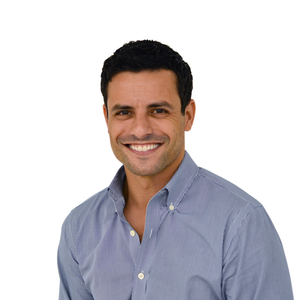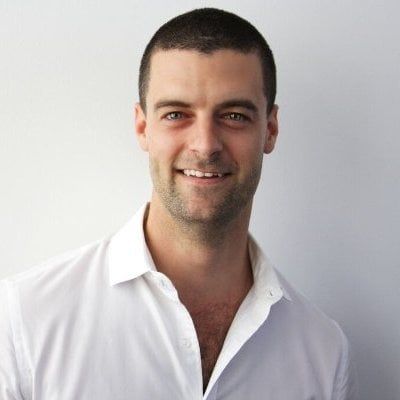
The relationships between founders and the venture capitalists that invest in them is a unique one, as they essentially become partners on a journey to build a business. VCs trust their money, time and expertise in the startups they fund, validating a startup idea with tangible backing in the capital needed for growth.
On the entrepreneur’s side of things, raising a round of funding consumes an expansive amount of time and energy. We caught up with a number of New York-based entrepreneurs who recently went through the process to find out the lessons they learned while raising rounds of venture capital.
Dan Ruch, Founder and CEO at Rocketrip
 Built In: What advice would you give other startups as they look to raise funding?
Built In: What advice would you give other startups as they look to raise funding?
Ed Robinson, Co-founder of Stash

Built In: What was the most important lesson you learned while raising your recent round of funding?
Ed Robinson: You have to know your data and be clear in articulating your mission through that data. When people go through your deck, they need to be able to know exactly what you’re doing, and you need to have data to prove that it’s working. So essentially, you’re storytelling and articulating the story really clearly.
Built In: Was there a moment where this lesson clicked for you?
ER: You definitely need to do a lot of VC meetings, and see how they react when you’re pitching the story. You’ve got to really understand your product, and if you can’t tell your story well enough that’s where it will start to break down. And some people will tell their story through core metrics and others are great storytellers who can talk with passion. Our message was clear when we were pitching: we want to change the way finance is done and we want to help our users. For us, the easiest way to prove this data was working was through user signups and their engagement with our app. Our growth has been crazy but we also got the engagement that really backs what we’re saying.
Built In: What was the most challenging aspect of raising a round of funding?
ER: It takes time to raise money. When you’re raising money you can lose focus on building your product. The most challenging aspect is trying to fit in the venture capital requirements and just getting in front of people, and taking time out of the day that you would be spending building your company. No one is going to back you if you can’t keep your company running as well.
Built In: How did you combat that?
ER: We worked out which VC firms would fit well by pre-screening them. We asked ourselves, would these VCs add value to Stash? What expertise would they have? It’s about being selective but understanding what type of VC investment you need. They all look at different stages and types of companies, so we focused on VCs that fit our thesis and spent more time with them.
Jamie Hodari, CEO and co-founder at Industrious
 Built In: What was the most important lesson you learned while raising your recent round of funding?
Built In: What was the most important lesson you learned while raising your recent round of funding?
Jamie Hodari: Investors you meet should have a single concern: are you building a sustainable, growing business with a differentiated product that your customers love? Run, don’t walk, from investors who talk more about exponential growth and massive exits than the fundamental dynamics of the business itself. We are so happy with how the round turned out, in large part because our lead investor, Riverwood Capital, cares first and foremost about creating a great business.
Built In: What advice would you give other startups as they look to raise funding?
JH: You have to believe in your heart that you’re giving your investors a square deal when you set your valuation. Don’t focus on the couple examples you know of companies that got stupidly high valuations. First of all, investors are smart so those are a tiny minority of deals, and I’m not even sure it will benefit them in the end. Set a price based on a reasonable, realistic expectation of future growth, and pick the capital partner you believe will stick with you through thick and thin.
Built In: What was the most challenging aspect of raising a round of funding?
JH: Series B rounds are complicated because you’re often too large for early-stage firms, but not yet on the radar of private equity firms. I respect that funds need to stay within the confines of the strategy they’ve set out for their investors, but it can be severely limiting as a company seeking investment when you’re too large, or too small, or not the right industry for certain investors.
Built In: How do you think this recent round of funding will impact your company in the long-term?
JH: This sets us up for the next three to four quarters of growth. We don’t have a burn rate so essentially all of the capital will go towards funding new locations as we continue to expand nationally. In the long-term, this will be one of the last funding rounds we do before we can fund our growth plans entirely from our own income.
Have a news tip for us or know of a company that deserves coverage? Let us know or tweet us @builtinnewyork.




